
|
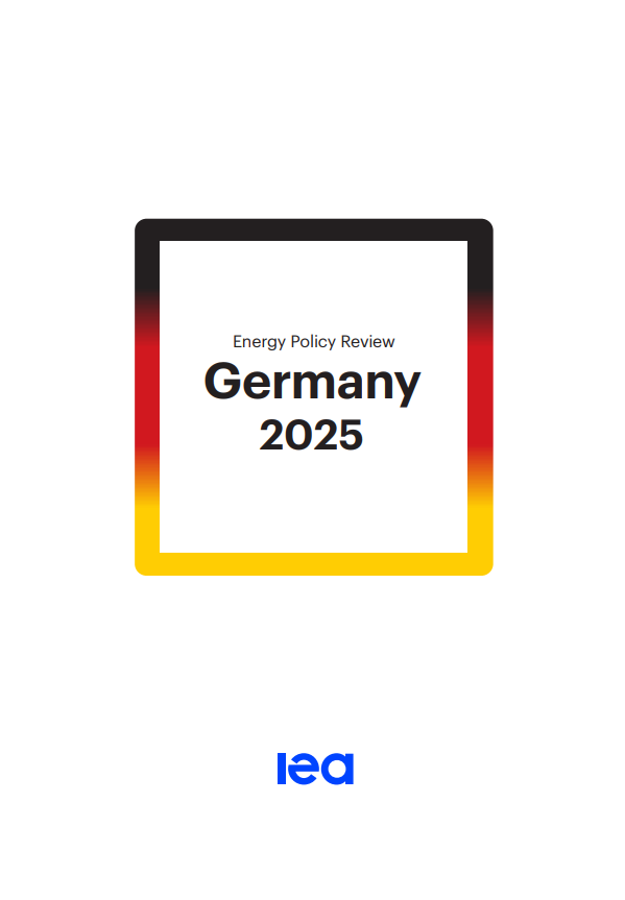
|
Energy Policy Review - Germany 2025
This Energy Policy Review was prepared in partnership between the Government of Germany and the IEA. It draws on the IEA's extensive knowledge and the inputs of expert peers from IEA Member countries to assess Germany’s most pressing energy sector challenges and provide recommendations on how to address them, backed by international best practices. The report also highlights areas where Germany’s leadership can serve as an example in promoting secure clean energy transitions. It also promotes the exchange of best practices among countries to foster learning, build consensus and strengthen political will for a sustainable and affordable clean energy future.
2025.04
OECD/IEA
|
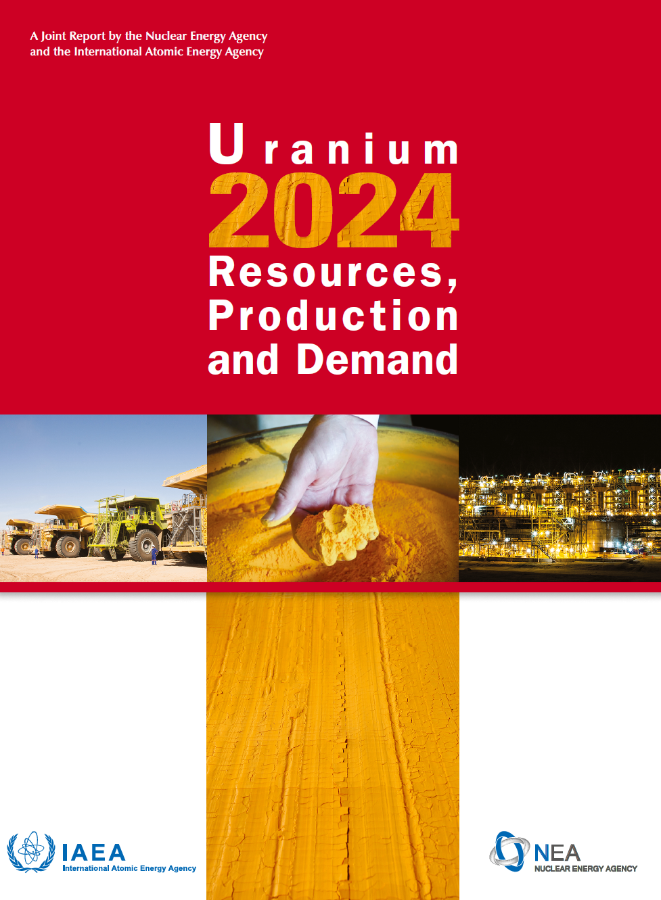
|
Uranium 2024: Resources, Production and Demand
This 30th edition of Uranium Resources, Production and Demand, also commonly known as the “Red Book” marks the 60th anniversary of its establishment as a recognised global reference on uranium. Jointly prepared by the Nuclear Energy Agency (NEA) and the International Atomic Energy Agency (IAEA), it provides analyses and insights from 62 uranium-producing and consuming countries – some participating for the first time.
The present edition reviews world uranium market fundamentals and presents data on global uranium exploration, resources, production and reactor-related requirements. It offers updated information on established uranium production centres and mine development plans, as well as
2025.04
OECD/NEA
|
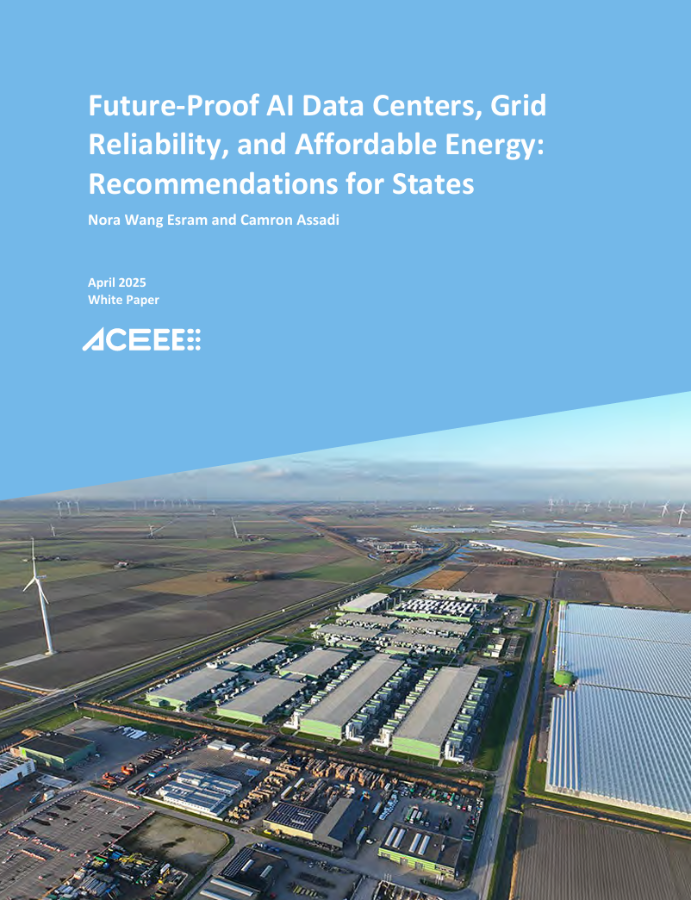
|
Future-Proof AI Data Centers, Grid Reliability, and Affordable Energy: Recommendations for States
Policy intervention is critical to ensuring AI data centers operate efficiently. Solutions include grid integration requirements, efficiency targets, transparency requirements, and financial incentives. Collaboration between industry and regulators is key to ensuring best practices, setting efficiency standards, and avoiding unnecessary infrastructure expansion. Implementing these measures as soon as possible will allow the United States to lead in AI development while ensuring that AI infrastructure is energy efficient, grid compatible, and environmentally responsible.
2025.04
ACEEE
|
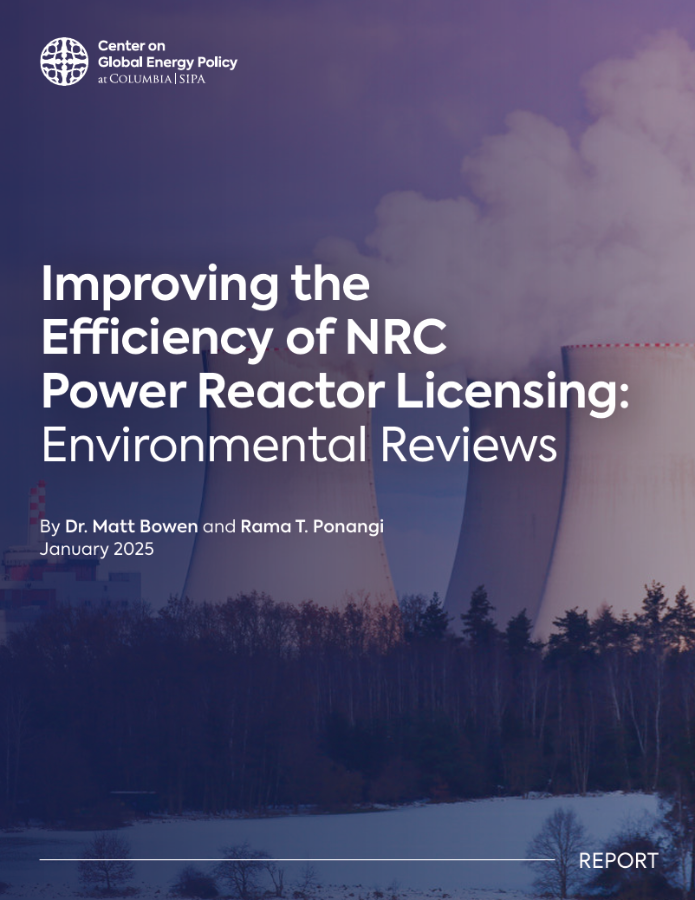
|
Improving the Efficiency of NRC Power Reactor Licensing: Environmental Reviews
This report, part of a series of publications on nuclear licensing reform at the Center on Global Energy Policy at Columbia University SIPA, focuses on how the NRC can fulfill the new legal mandates on time and page limits for environmental reviews and in general improve the efficiency of these reviews. The report demonstrates that earlier (1970s–80s) environmental reviews for nuclear power reactors licensed under the 10 CFR 50 licensing pathway took less time and generated shorter review documents than those conducted under 10 CFR 52 during the 2000s and 2010s. The latter reviews—all of which were for large light water reactor projects—also utilized substantial NRC resources, thereby incurr
2025.04
CGEP
|
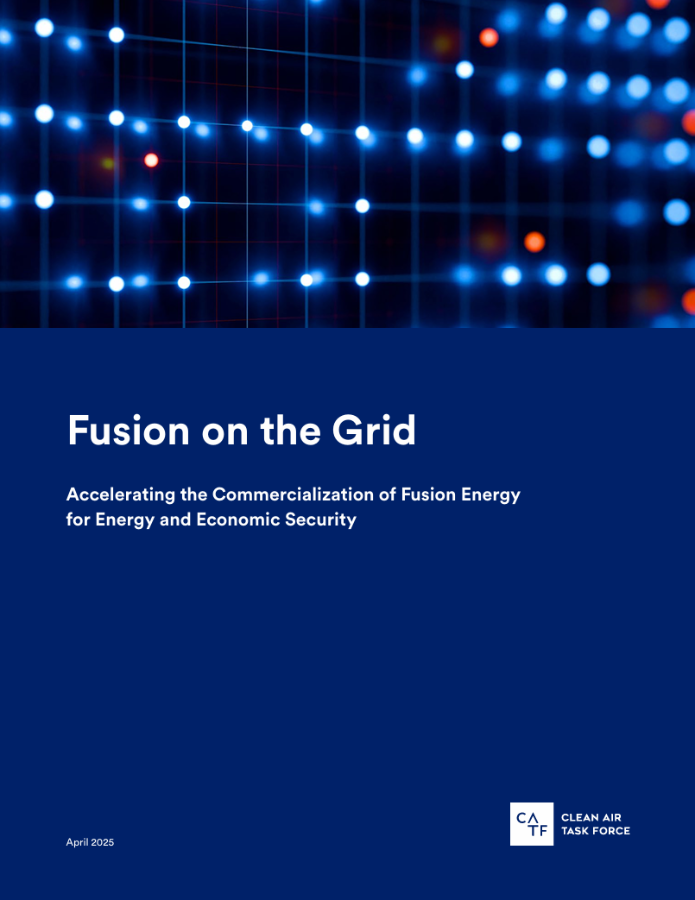
|
Fusion on the Grid – A U.S. Fusion Policy Report
Fusion energy has the potential to secure permanent U.S. energy independence, stabilize grids in a low-carbon future, and unlock a potentially massive global market. With the right policies, the United States can cement its position as the world leader in fusion energy, which could ensure economic and energy security for decades to come. If it fails to act, global competitors will seize the opportunity to dominate the future of energy.
2025.04
CATF
|
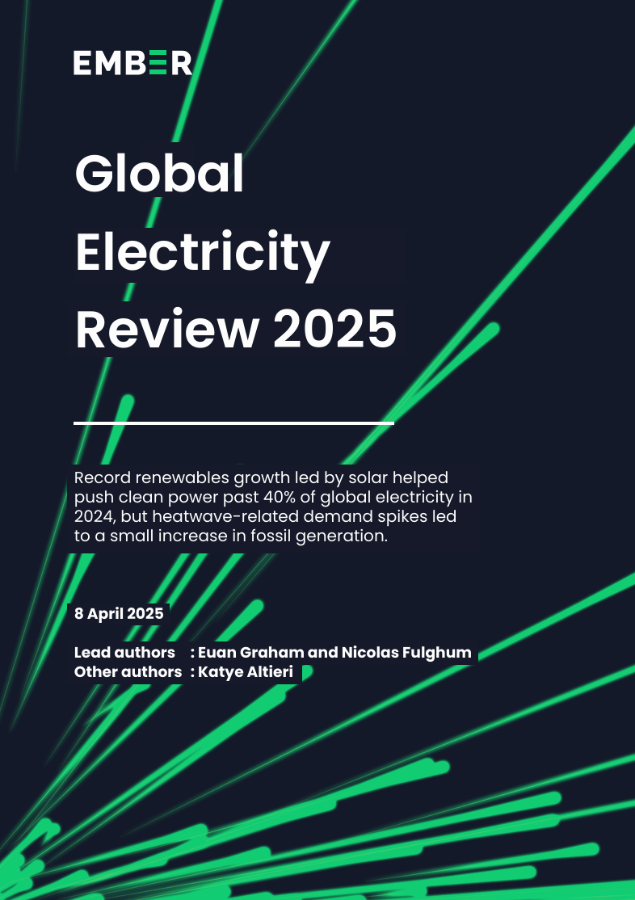
|
Global Electricity Review 2025
The report analyses electricity data from 215 countries, including the latest 2024 data for 88 countries representing 93% of global electricity demand, as well as estimates for 2024 for all other countries. The analysis also includes data for 13 geographic and economic groupings, including Africa, Asia, the EU and the G7. It also dives deeper into the seven countries and regions with the highest electricity demand, which account for 72% of global electricity demand. In addition to electricity generation data, the report uses weather and capacity data to uncover the underlying trends shaping the global power sector.
2025.04
Ember
|
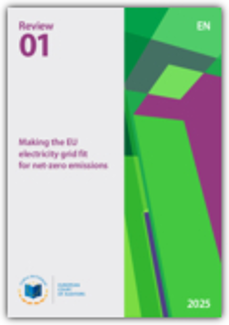
|
Making the EU electricity grid fit for net-zero emissions
We often take electricity for granted, expecting it at the flick of a switch. Yet behind the scenes, 11.3 million Km of electricity lines and cables bring electricity to 266 million customers. Combating climate change and enhancing the EU’s energy independence requires a modernised electricity grid, capable of integrating more renewable energy and adapting to rising electrification. This review examines the state of the EU’s electricity grids, key trends, and policies and outlines the challenges and opportunities of having a grid fit for net zero. We highlight the need to accelerate the large-scale investments for the energy transition, ways to reduce investment needs through electricity sys
2025.04
European Commission
|
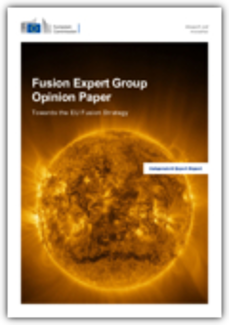
|
Fusion Expert Group opinion paper - Towards the EU fusion strategy
The Fusion Expert Group (FEG) supports the development of an EU Fusion Strategy, expected to be published in view of the proposal of the Euratom Research & Training Programme for 2028–2032. This FEG Opinion Paper envisions fusion as a sustainable energy source and provides recommendations to accelerate its commercialisation. It identifies five key pillars that leverage research and ITER outcomes, foster a competitive industrial ecosystem, develop a skilled workforce, and drive innovation. The report emphasises the need for regulatory harmonisation, international collaboration, and an effective EU-level decision-making process in order to position fusion as a cornerstone of Europe’s energy fu
2025.04
European Commission
|
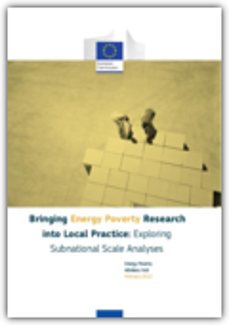
|
Bringing energy poverty research into local practice
The European Union (EU) is increasingly targeting energy poverty in its policy action, aiming to boost efforts towards the effective reduction of this issue within a framework of energy efficiency, decarbonisation of the economy, and a clean and just energy transition. The latest effort is “Fit for 55”, aiming to update EU legislation to achieve its climate goals [1]. In the “Clean Energy for All Europeans” legislative package, the EU mandates Member States to address energy poverty in their National Energy and Climate Plans (NECP) and propose measures to mitigate it, if necessary, in each context [2]. The Green Deal also stresses the need to integrate the goal of mitigating energy poverty i
2025.04
European Commission
|
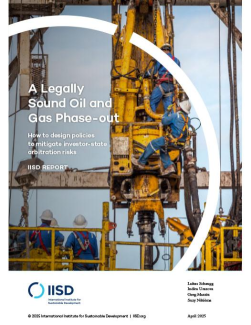
|
A Legally Sound Oil and Gas Phase-out
At the 28th United Nations Climate Change Conference (COP 28), governments agreed to transition away from fossil fuels in a just, orderly, and equitable manner. Some governments are implementing this decision with plans to phase out oil and gas production. One of the barriers to phase-out policies is the threat of investor–state arbitration. This report provides policy-makers with tools to mitigate the legal risks of investor–state arbitration when designing oil and gas phase-out policies.
2025.04
IISD
|
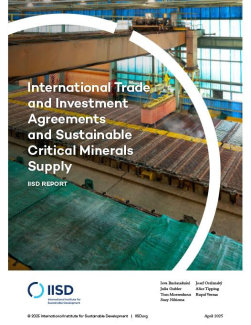
|
International Trade and Investment Agreements and Sustainable Critical Minerals Supply
Trade and investment agreements can play a crucial role in defining the relationship between predominantly mineral-exporting and mineral-importing countries—getting them right is essential to creating resilient and responsible supply chains.
2025.04
IISD
|
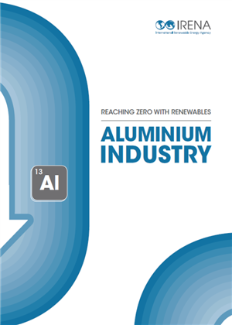
|
Reaching zero with renewables: Aluminum industry
This report intends to inform the aluminium industry and policy makers on how to minimise emissions by integrating higher shares of renewable energy sources and other decarbonisation measures such as inert anodes, recycling, and materials and energy efficiency.
2025.04
IRENA
|

|
Decentralised renewable energy for agriculture in Malawi
This report assesses the potential for integrating DRE solutions into Malawi's agricultural value chains, focusing on sectors like dairy, rice, aquaculture, legumes and olericulture. It offers a detailed analysis of the energy needs across these value chains, providing clear recommendations on how DRE technologies can support the country’s Vision 2063 development goals. By facilitating energy access in off-grid and underserved areas, these solutions could empower smallholder farmers, reduce post-harvest losses and increase agricultural output. The findings underscore the need for targeted investments, innovative financing models and policy support to fully realise the benefits of DRE solutio
2025.04
IRENA
|
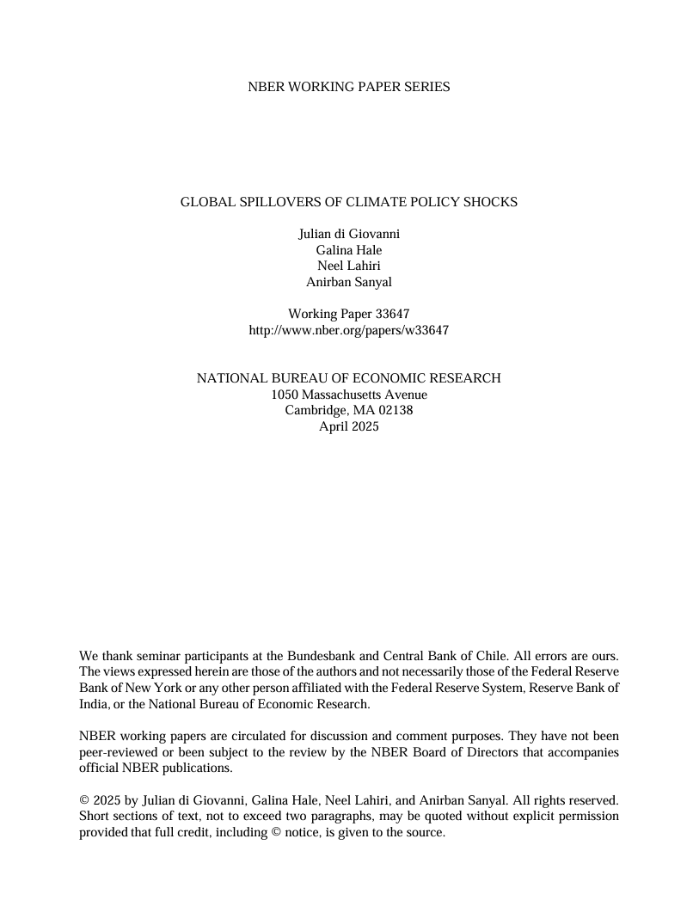
|
Global Spillovers of Climate Policy Shocks
The slow adoption of climate change policies stems from concerns about their economic impact. The EU has led global carbon pricing through its Emissions Trading Scheme (ETS). This study examines the effect of ETS policy shocks on global stock market returns at the country-industry level using linear and spatial autoregression models. Results show that while markets react negatively to rising carbon prices, the impact is small in magnitude. Global spillovers are limited to sectors linked to EU industries via intermediate goods trade, with no significant effects beyond these supply chain linkages. Overall, the unintended consequences of EU climate policies appear negligible, with minimal effec
2025.04
NBER
|
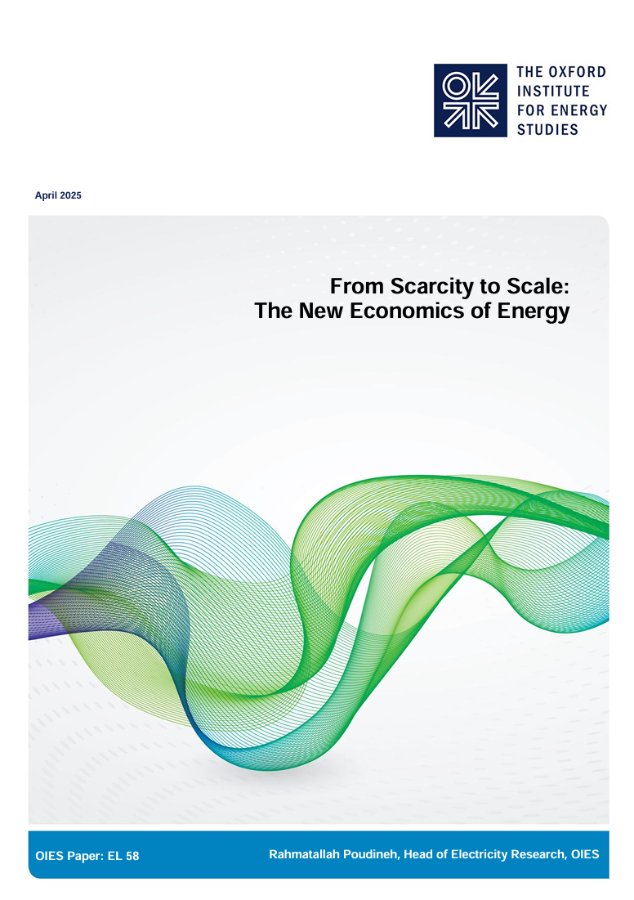
|
From Scarcity to Scale: The New Economics of Energy
The global energy landscape is undergoing a major transformation, upending decades of economic thinking built around resource scarcity. Unlike fossil fuels – continuously extracted from finite, geographically fixed deposits – renewable energy revolves around manufacturing technology that harvests essentially free and limitless resources. This shifts our economic framework from Hotelling’s Rule, where scarcity drives rising costs, to a learning curve model where costs fall with cumulative production – creating a deflationary trajectory contradicting traditional energy economics. While natural endowments of solar irradiation and wind resources vary globally, geographic accident no longer funda
2025.04
OIES
|
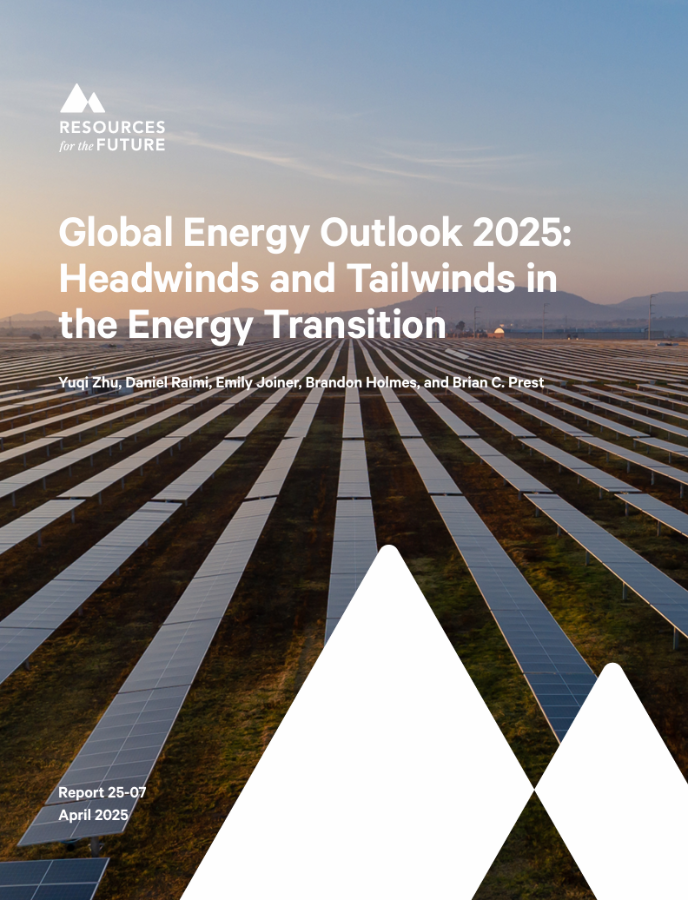
|
Global Energy Outlook 2025: Headwinds and Tailwinds in the Energy Transition
The record investment in clean energy deployment is largely driven by accelerated electrification and global electricity demand, which is projected to grow substantially across scenarios. Under all scenarios, renewable energy sources, led by wind and solar, are more than 50 percent of electricity generated in 2050. Fossil fuel generation remains roughly flat or declines across scenarios, but the degree of decline and share of generation in 2050 depends on the scale of climate ambition.
2025.04
RFF
|

|
The Role of Market Frictions in Demand for Prepaid Electricity
Prepaid electricity contracts lower enforcement costs but may burden consumers, particularly when market frictions are present. This paper presents the results of a randomized control trial where 2,000 randomly selected, rural Rwandese consumers were offered a line of credit for electricity payments. The line of credit lowered liquidity constraints and transaction costs. Twenty percent of consumers borrowed and demand for the credit was inelastic; however, the line of credit did not change average demand for electricity. Detailed administrative data reveal that consumers primarily used the line of credit to lower transaction costs, suggesting that rural consumers highly value convenience. Th
2025.04
World Bank
|

|
2025 다음 정부에 제안하는, 시민의 삶을 지킬 30대 기후정책
녹색에너지전략연구소·녹색전환연구소·플랜1.5는 중첩되는 위기를 불러온 사회구조를 대전환하여 시민들의 삶과 지역, 경제를 재건하려는 방법으로써 다가오는 대선의 기후 정책을 제시하고자 합니다. 그 핵심 방법은 기후 정책을 민주주의, 경제 산업, 에너지전환, 생활, 돌봄 지 역과 연결하는 것입니다. 그래서 기후위기 대응을 대한민국 모든 정책의 초석과 지붕으로 삼을 수 있도록 상상하고, 연구하고, 토론하는 과정을 거쳐 지난 3개월 동안 정책을 만들었습니다. 그 결과물로 <2025 다음 정부에 제안하는 ‘시민의 삶’을 지킬 30대 기후정책>을 발표하게 되었습니다.
2025.04
녹색에너지전략연구소
|
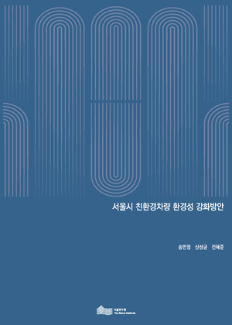
|
서울시 친환경차량 환경성 강화방안
이 연구는 서울시 내 차량에서 발생하는 대기오염물질 배출량을 내연기관차와 친환경차로 구분하여 배기성 및 비배기성 오염물질 배출량을 비교 분석하였다. 또한 친환경차량으로 구분되는 하이브리드차와 전기차에서 발생하는 (폐)배터리의 발생량을 예측하였다. 배출량 산정의 경우 배기성 오염물질은 CAPSS 산정방법을 간소화하여 계산하였고, 비배기성 오염물질은 유럽 EEA의 도로 타이어 및 브레이크 마모(road tyre and brake wear) 배출원 산정방법을 간소화하여 활용하였다. 이 연구의 배출량 산정방법에 일부 불확도는 존재하지만, 분석 결과 내연기관차는 휘발유, 경유, LPG 등 다양한 연료를 사용하는 차량에서 배기성 오염물질이 발생하며 친환경차(전기차, 하이브리드차)에서도 타이어 및 브레이크 마모로 인한 비배기성 오염물질이 발생하는 것을 확인하였다.
2025.03
서울연구원
|
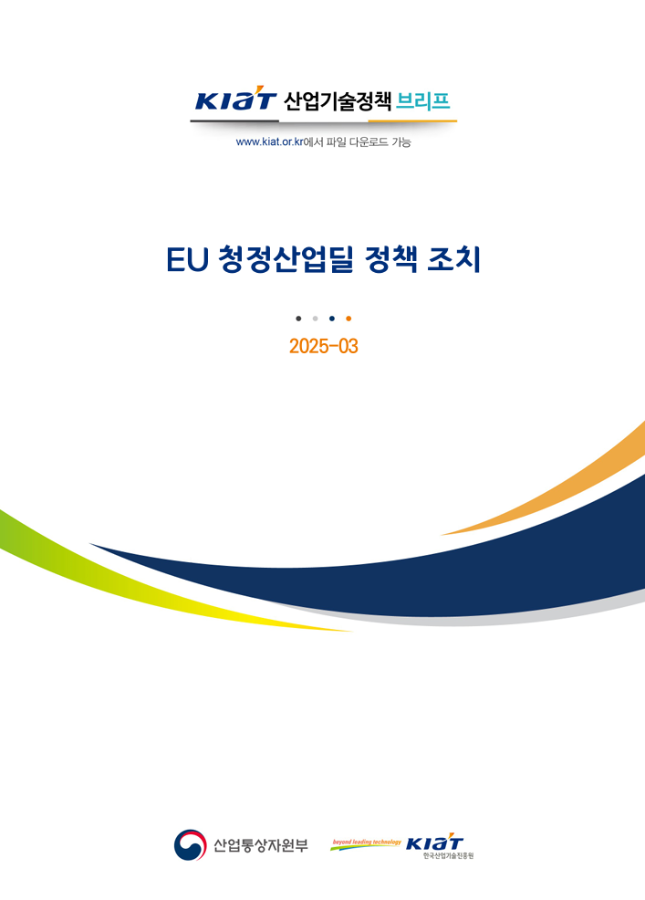
|
EU 청정산업딜 정책 조치
EU가 전 세계 탄소중립 정책을 선도하며 청정기술과 관련 제조 분야의 주도권 확보 및 산업 경쟁력, 경제 안보 강화를 도모하는 상황에서, 우리나라는 이에 대응하기 위한 산업전략이 부재한 것으로 평가
2025.04
한국산업기술진흥원
|
|
